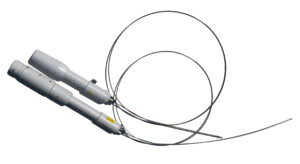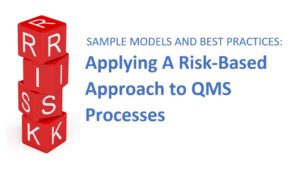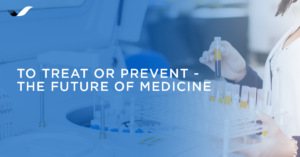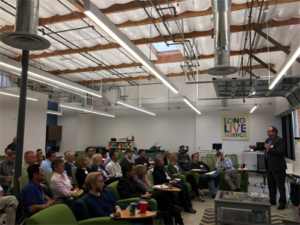Having been associated with medical device development directly and tangentially for many years, I have witnessed and used a few things that make a difference. I would like to share… Read More
10 EXPERT TIPS FOR SUCCEEDING AT MEDICAL DEVICE DEVELOPMENT





